Dublin artist Francis Matthews manages to give the impression of reality without becoming enmeshed in itemising endless physical detail, writes Aidan Dunne
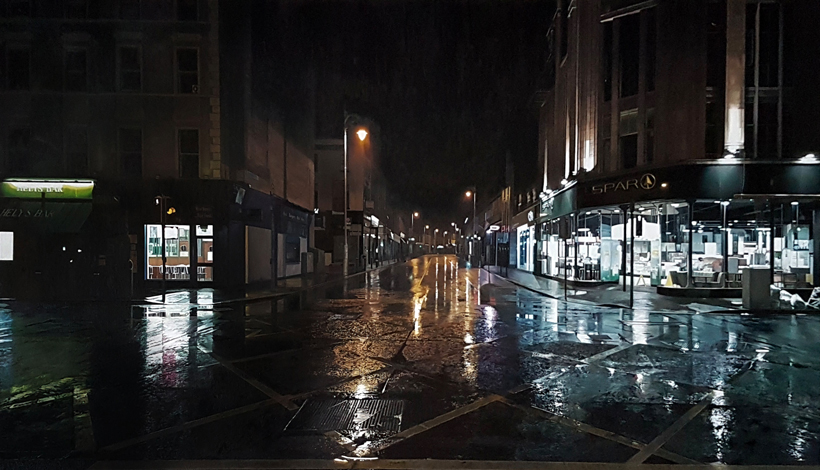
Dublin artist Francis Matthews manages to give the impression of reality without becoming enmeshed in itemising endless physical detail, writes Aidan Dunne
Who knows what lurks in the shadows when a painter ventures into depictions of the night? One of the most famous legal cases in the history of art provides a startling demonstration of how something apparently innocuous can provoke extreme reactions. John Ruskin was, for various reasons, so incensed by Whistler’s nighttime view of fireworks over the Thames, Nocturne in Black and Gold (c. 1875), that he published a letter describing the painter as ‘a coxcomb‚’, looking for 200 guineas ‘for flinging a pot of paint in the public’s face‚’. Whistler’s mistake was to sue in response. While he won derisory damages (a farthing), his painting became an object of public derision and he was driven to bankruptcy. Neither he nor Ruskin ever really recovered from the turmoil of the proceedings.
To read this article in full, subscribe or buy this edition of the Irish Arts Review
Who knows what lurks in the shadows when a painter ventures into depictions of the night? One of the most famous legal cases in the history of art provides a startling demonstration of how something apparently innocuous can provoke extreme reactions. John Ruskin was, for various reasons, so incensed by Whistler’s nighttime view of fireworks over the Thames, Nocturne in Black and Gold (c. 1875), that he published a letter describing the painter as ‘a coxcomb‚’, looking for 200 guineas ‘for flinging a pot of paint in the public’s face‚’. Whistler’s mistake was to sue in response. While he won derisory damages (a farthing), his painting became an object of public derision and he was driven to bankruptcy. Neither he nor Ruskin ever really recovered from the turmoil of the proceedings.
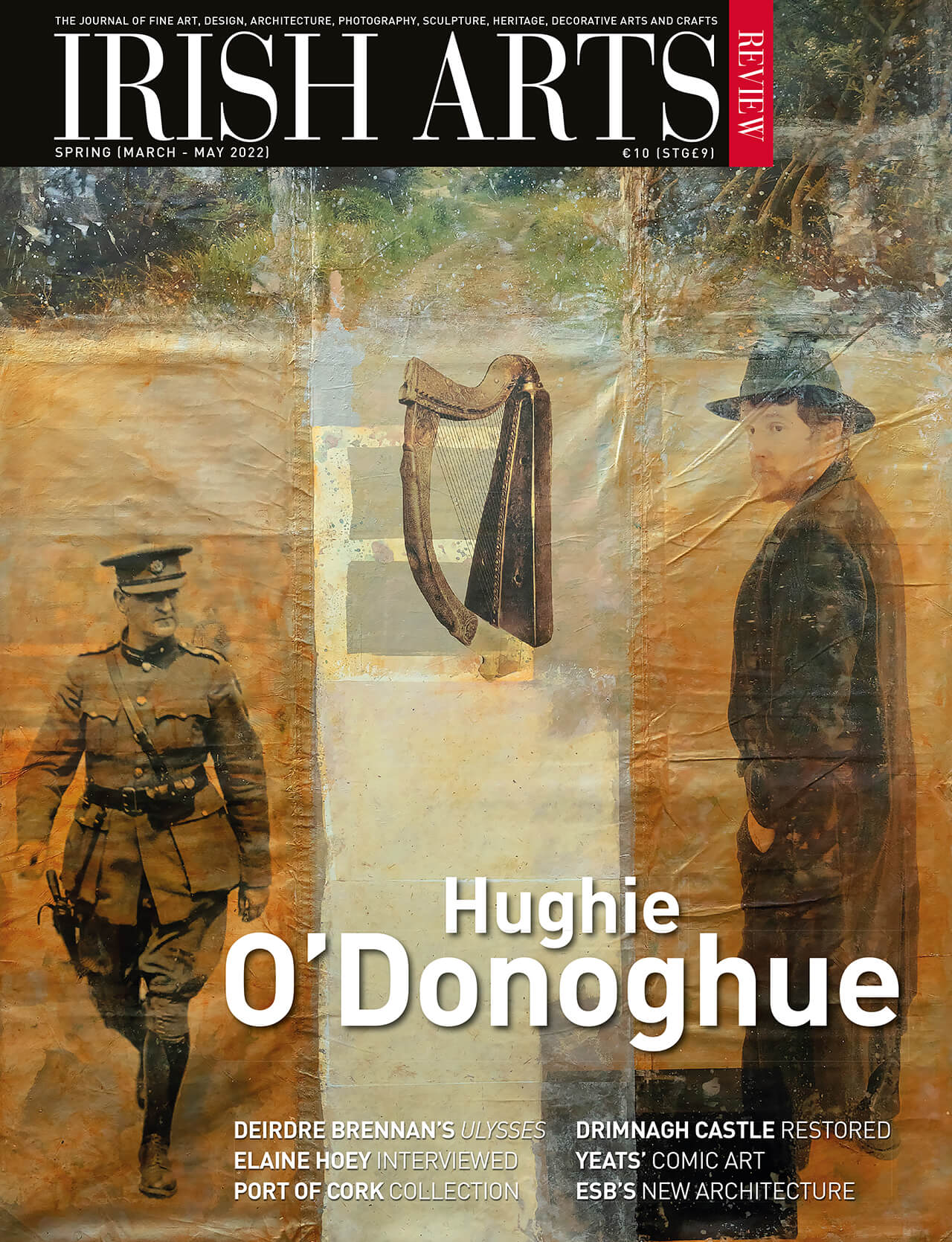
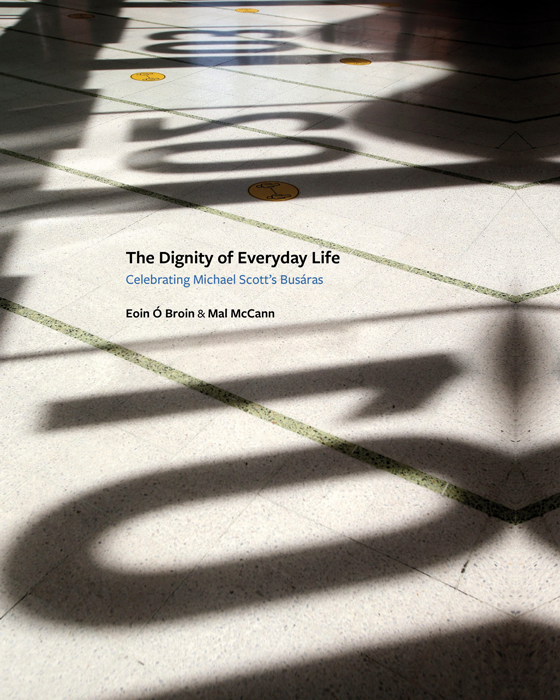
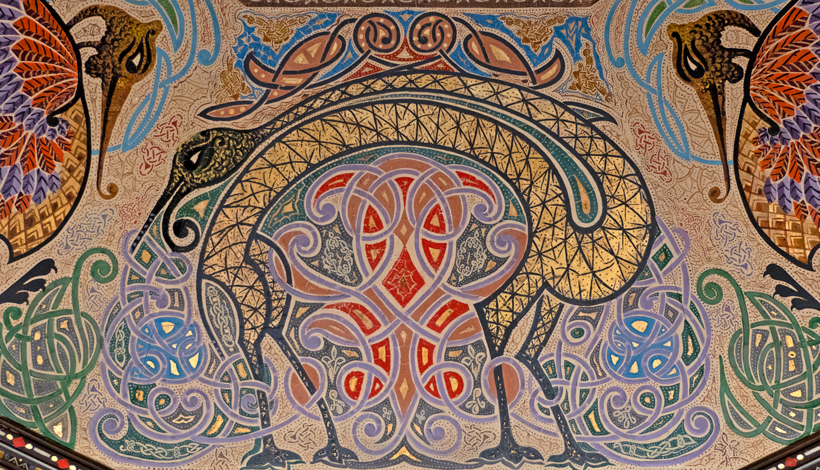
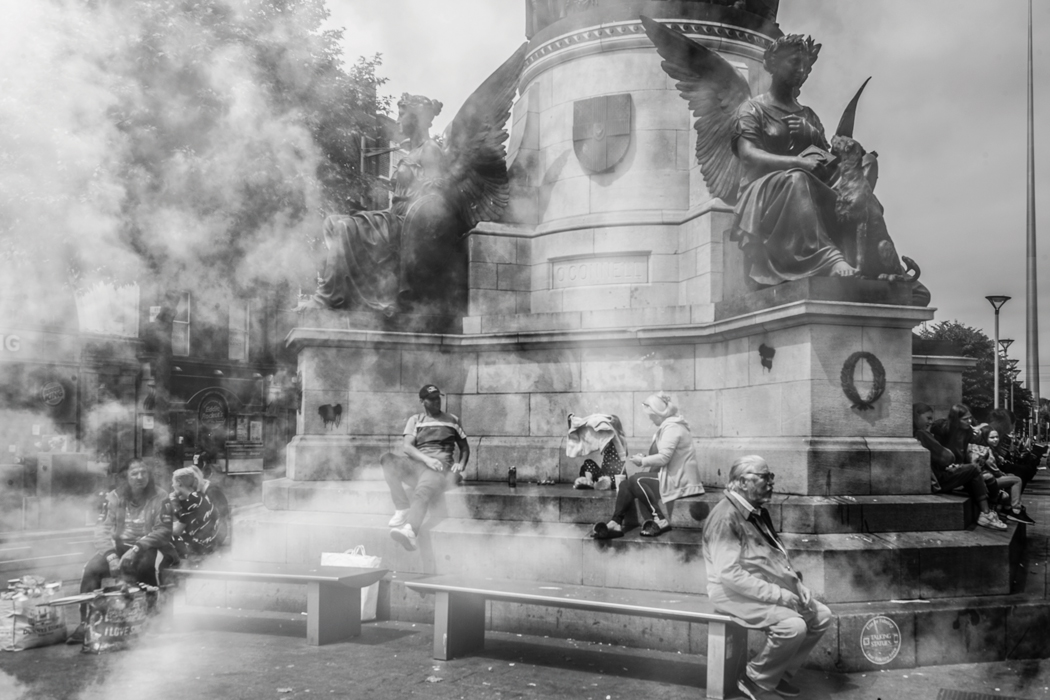
Stephanie McBride explores Deirdre Brennan’s photographic response to James Joyce’s Ulysses